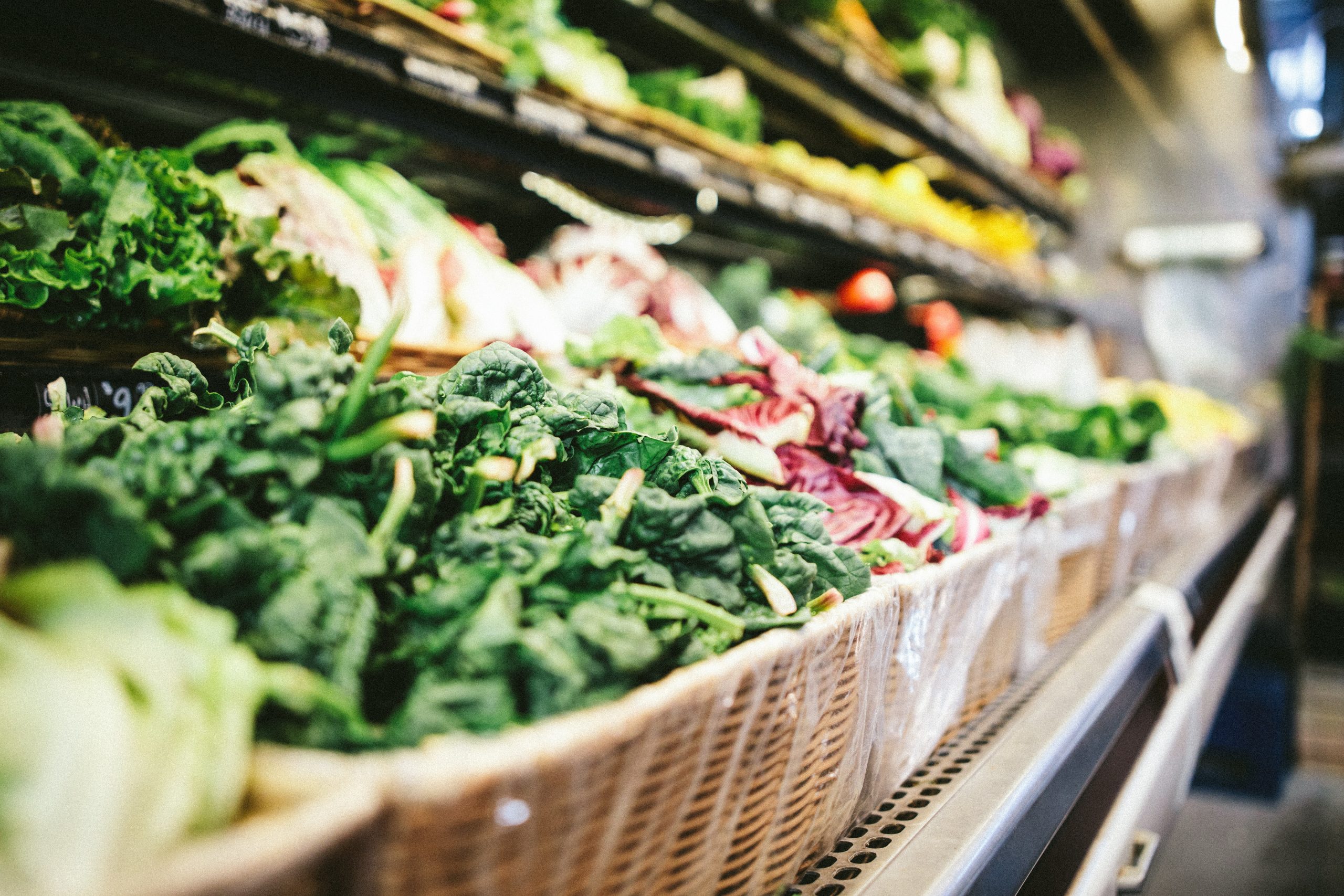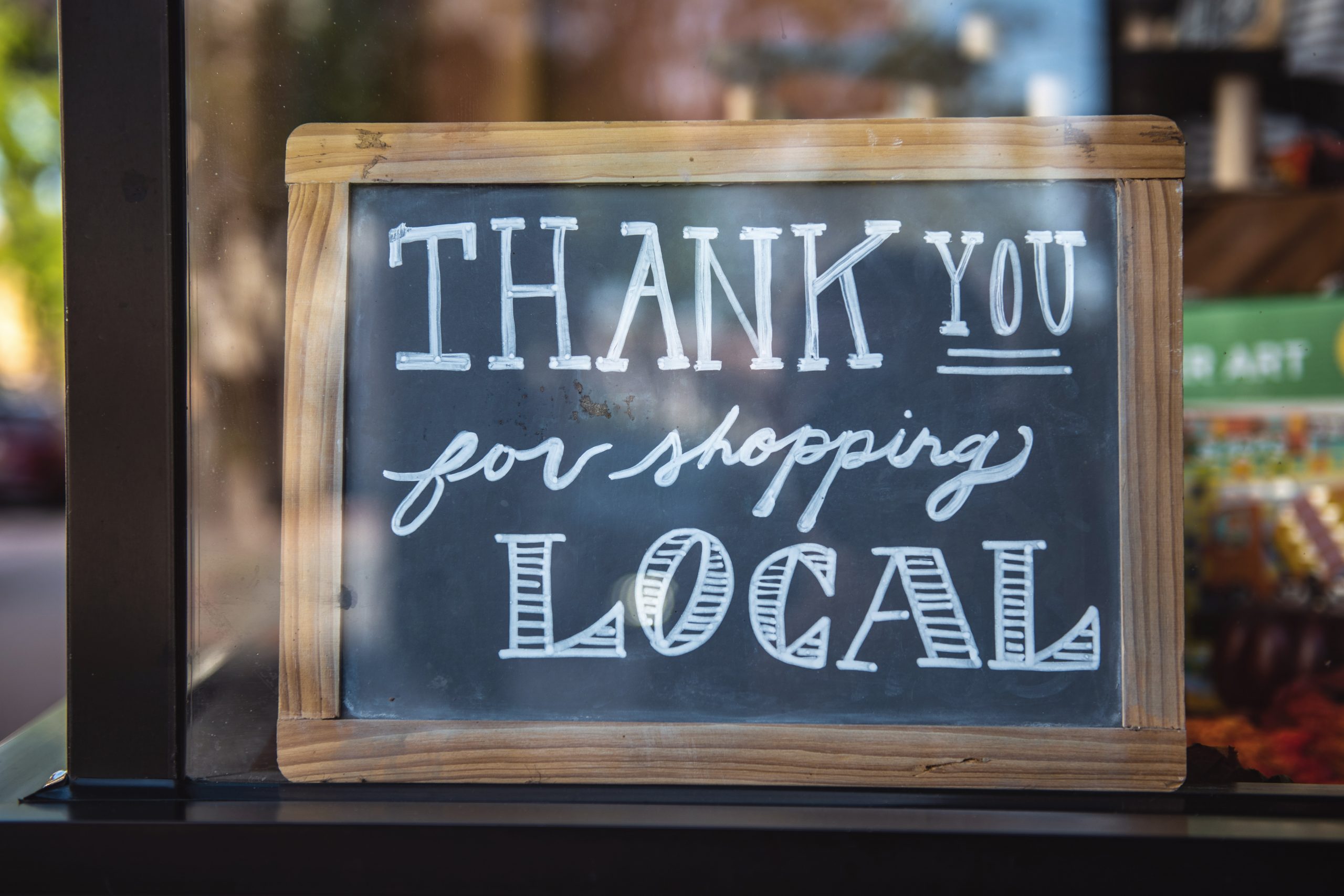On this page:
Project Concept
Grocery Store
Action Plan Bullets
1
RECRUIT OWNER/OPERATOR
2
SELECT LOCATION AND NEGOTIATE LEASE AND/OR PURCHASE PRICE
3
FINALIZE/REVISE BUSINESS PLAN
4
SECURE CAPITAL TO COMPLETE BUILDOUT
5
FINALIZE BUILDOUT CONCEPT
6
DEVELOP MARKETING STRATEGY, HIRE STAFF, & OPEN FOR BUSINESS
Moore Haven’s
Grocery Store
A grocery store for Moore Haven was one of the first and most frequent amenities we heard about as soon as we got to town. Moore Haven hasn’t had a full-service grocery store in nearly a decade and the closest one is over 10 miles away in Clewiston. Some residents are driving 30-60 minutes in each direction to LaBelle and even Fort Myers to get their groceries. This not only leads to time loss but also makes the job difficult to attract and retain new workforce and families to Moore Haven.
The problem is simple: most major retailers will not entertain opening a store in a rural market the size of Moore Haven. The Catch-22 is that in order to grow to the size necessary to attract major retailers, Moore Haven needs a grocery store to attract a larger workforce and resident population. Therefore, there is only one solution – the Moore Haven community needs to incentivize an operator to open a grocery store.

Recommended Model
Grocery & Complementary Business
This model would be a 6,000+ sq/ft grocery store on the “main drag” with additional square footage for a complementary business that serves the needs of Moore Haven residents and visitors. Examples of complementary businesses include: hardware store, full-service deli, catering, specialty foods, ice cream shop, etc. The complementary business attached to the grocery store needs to fulfill a community need and preferably fall within the owner’s interests and/or skill sets. The advantages of this model is that it covers all of the expressed desires of the Moore Haven community, creates at least two potential profit centers that work synergistically with one another while covering the grocery needs of the community, along with the added community value of the complementary businesses and capturing the business from a growing tourist destination. A challenge for this model will be finding the right owner that will be willing, able, and capable to use their previous grocery experience or learn the grocery business well enough, to operate a complementary but different business as well.
Consideration should be given to setting up the grocery portion of the business first to allow time for the new owner to be proficient with the grocery part of the business. It is only recommended to start the complementary business when the owner has proven to themselves and the City of Moore Haven they are competent enough with the grocery business and are ready to add the complementary business.
Items for Consideration
Significant community support, community investment, grants, and ownership incentives will be needed for a new rural grocery store to succeed due to the high initial investment costs and low profit margins. Once established, an owner can expect to earn $60K to $150K in annual income profit if they are committed, aggressive, and creative. Given the competitive nature of small rural independent low-margin grocery stores in 2020, the best chance for lasting success will lie in how close to zero loan payments can be attained through grants and creative community support to fund the project.
The accompanying financial model recommends a $50K investment from a potential owner so there is some “skin in the game,” but much more than that, especially building up a grocery store from scratch, will make the incentive to own the store minimal due to lack of potential cash flow.
New refrigeration and used refrigeration have a significant upfront cost difference (you can sometimes get full units for almost nothing at auctions), but they will cost the same to install. Used equipment will have higher monthly maintenance/repair costs and will be less efficient.
When shared costs are considered for the complementary businesses attached to the grocery store, the costs for each profit center are significantly reduced. Real estate, leasehold improvements, point of sale systems, pre-opening expenses, and grand opening advertising would all be positively affected by shared costs.
Business Model
Options
Co-op Model
The grocery store could operate a cooperative where the City or another group (likely non-profit) will oversee and manage the store which will only be open to members. Membership can be free or have a cost associated with it.
Pros:
- Creates loyalty
- Removes the need to turn a profit, the business either needs to be break even or if there is a loss the entity can operate like a non-profit and raise resources
Cons:
- Fundraising may be necessary for sustainability in the early years
- Recruiting a business savvy operator will be difficult
- Startup costs will be strenuous and add un-needed burden to monthly costs
Major Retailer Incentivization Model
The community could pool resources to secure a major retailer and incentivize them to open in Moore Haven
Pros:
- Trusted retailer with access to capital
Cons:
- Major expense up-front that the community may not be willing to or able to bear
- Loss of control. Should business struggle it would close and leave.
- Current income and population demographics don’t meet the base requirements for most major retailers
Local Owner / Operator Incentivization Model
Same as major retailer, but less up-front funding is necessary
Pros:
- Locally owned and operated
- Up-front cost can be low due to several federal loan/grant programs
Cons:
- Local individual must demonstrate ability to own and operate the store
Recommendation
Local Incentivization Model
Alchemy recommends working directly with Juan Martinez, owner and operator of Haven Fresh Cafe. Mr. Martinez has the skillset to operate a grocery store, understands the local market and has strong interest in this model. The major reason Mr. Martinez has not opened a store like this is due to access to capital, which we aim to solve.

Grocery Store
Financials
The following startup cost estimates are for the grocery store; the complementary business is not included in these estimates.
Here is a breakdown of the approximate investment needed to get a grocery up and running from scratch with brand new equipment and fixtures.
| Startup Costs | Amount |
| Real Estate/Utilities* | $214K |
| Leasehold Improvements | $100K |
| Refrigeration | $225K |
| Store Equipment | $75K |
| Point of Sale System | $40K |
| Initial Inventory | $170K |
| Pre-opening Expenses | $10K |
| Grand Opening Advertising | $25K |
| Working Capital | $65K |
| Total | $924K |
*The current Real Estate/Utilities line item covers three years of expenses.
Equipment: New vs. Used
The startup costs are estimates. Significant reduction in startup costs are possible and recommended to pursue. One example would be purchasing used shelving equipment and refrigeration at auction. Used refrigeration units reduce up-front costs but increase maintenance and repair costs. On the other hand, new refrigeration units would likely put all products behind doors to reduce energy consumption and increase product life. Considerations for new versus used refrigeration units and store equipment should be taken on a case by case basis.
Real Estate Options
Real estate and leasehold improvements could also be significantly more or less than projected depending on availability and condition of a suitable location. It is recommended the grocery store to locate in a highly visible parcel of land along US 27. There are currently a number of vacant parcels available for construction. Land costs range in this area range from $150k to $210k an acre. Local construction costs for a commercial building were provided at $130/sq ft. As a result, the proposed 6,000 sq ft grocery store structure is estimated to cost $780,000 plus an additional $100,000+ to build a parking lot and exterior landscaping.
The recently closed Goodwill Retail Store is another option for lease or purchase. The building is the right size to accommodate the proposed grocery store and complementary business model. Discussions with their representatives have proven very promising as this business model of opening a much-needed grocery store aligns with the mission and values of Goodwill. As such, they have offered to provide discounted lease rates to help open a store as well as a very fair sale price should that be the preferred arrangement.
Relevant
Funding Resources
Florida Community Loan Fund – Food Access Financing
The Florida Community Loan Fund’s (FCLF) Food Access Financing program can provide flexible financing and grants, administered as forigivable loans, in areas designated as “food deserts” by USDA which lack access to fresh produce and other healthy food options. Moore Haven fits these criteria and qualifies for this financing program.
Below is an example of $1,000,000 in financing that includes a grant up to $300,000. This is done by breaking down the financing into two loans:
- Down payment is typically 5% minimum (i.e. $50,000)
- Program encourages match from local government, nonprofits and other entities.
- Suggested local match could include grant/donation, tax abatement, and/or donated land for project as collateral
- Loan A – $650k @ 5.5% with 10-year loan payback period, 35-year amortization
- Monthly payment of $3,691 with balloon payment of $537k at the end of year 10
- Alternative, refinance the balance of $537k and continue payments
- Loan B – $300k @ 1.0% interest-only for 7 years; loan forgiven if business meets predetermined criteria
- Monthly interest-only payment $250
- This totals to ~$21,000 over 7 years with the balance of $300k forgiven as part of USDA Food Access program
USDA Rural Economic Development Loan and Grant (REDLG)
The Rural Economic Development Loan and Grant program provides funding for rural projects through local utility organizations such as Glades Electric Cooperative. The program would allow Glades Electric Cooperative to request up to $300,000 to seed the revolving loan in addition to access to low-interest financing up to $1 million. One major benefit of this program is deferred payments up to two years for a start-up venture.
U.S. Small Business Administration Lending (SBA)
The SBA works with lenders to provide loans to small businesses through local lenders like First Bank. The SBA reduces risk for lenders and makes it easier for them to access capital. First Bank provides financing through the 7A Small Loan (5-year term) and 504 Loan (10- to 20-year term).
State Small Business Credit Initiative (SSBCI)
Enterprise Florida’s SSCBCI is another resource to access the SBA 504 Loan program. Typical loan participation is 100% of second mortgage note with a minimum $250,000 loan amount and term between 3 and 18 months.
Grocery
Action Steps
1
RECRUIT OWNER/OPERATOR
LEADER: Mayor Bret Whidden, Juan Martinez, and Courtney Brown
WHO: City of Moore Haven, Glades Electric Cooperative, Glades County EDC
HOW: Juan Martinez has already expressed interest in opening a grocery business in Moore Haven. He has shown to be very a competent entrepreneur with the necessary drive to make this business successful.
WHEN: Q4 2021 – Q1 2022
2
SELECT LOCATION AND NEGOTIATE LEASE AND/OR PURCHASE PRICE
LEADER: Mayor Bret Whidden, Juan Martinez, and Courtney Brown
WHO: Owner(s)/Operator(s), City of Moore Haven, Glades Electric Cooperative, Trinity Commercial Group
HOW: The preferred location for any retail business in Moore Haven is US 27 with its high traffic volume from locals, freight traffic and travelers passing through. The recently closed Goodwill Retail store would be a great fit for the proposed business model.
WHEN: Q4 2021 – Q1 2022
3
FINALIZE/REVISE BUSINESS PLAN
LEADER: Mayor Bret Whidden, Juan Martinez, and Courtney Brown
WHO: Owner(s)/Operator(s), City of Moore Haven, architects/engineers, Florida Community Loan Fund, First Bank
HOW: Begin with the business plan included in Appendix F. Refine the plan based on ownership structure, investment options, and estimated construction/renovation costs.
WHEN: Q1 2022
4
SECURE CAPITAL TO COMPLETE BUILDOUT
LEADER: Mayor Bret Whidden, Juan Martinez, and Courtney Brown
WHO: Owner(s)/Operator(s), Florida Community Loan Fund, City of Moore Haven, Glades County, Glades County EDC, Glades Electric Cooperative, First Bank
HOW: Mr. Martinez should work with the Florida Community Loan Fund to determine what level of financing is available. Then the City, Glades County, and other local partners should consider what they could provide to support this financial package and help reduce the operating costs of the proposed grocery store business. Use of Tax Increment Financing (TIF) is one option to request for local support. Tax abatement or a deferment of the property taxes would be another option available through Glades County, but there would need to be a public referendum to approve the use of this tool to defer the city’s property tax levy. Glades Electric Cooperative and other utility providers could consider reduced rates for a period of six months to two years to help the business get established.
WHEN: Q1 2022 – Q2 2022
5
FINALIZE BUILDOUT CONCEPT
LEADER: Juan Martinez and Courtney Brown
WHO: Owner(s)/Operator(s), City of Moore Haven, Glades Electric Cooperative, architects/engineers
HOW: Address both interior and exterior recommendations as well as cost of refrigeration equipment and other high cost items to outfit the business. Cost savings needs to be weighed between buying new equipment versus used at auction. There should also be consideration regarding how to incorporate Mr. Martinez’s current Haven Fresh Café into the design of the space.
WHEN: Q2 2022 – Q4 2022
6
DEVELOP MARKETING STRATEGY, HIRE STAFF, & OPEN FOR BUSINESS
LEADER: Juan Martinez and Courtney Brown
WHO: Owner(s)/Operator(s)
HOW: Design all marketing materials using preliminary business plan as a starting point. Share photos and videos of construction progress to generate excitement. Hire staff and begin training. Again, refer to preliminary business plan for details. Hold soft opening events. Celebrate with a grand opening, possibly tied into a local event like ChaloNitka.
WHEN: Q3 2022 – Q4 2022







